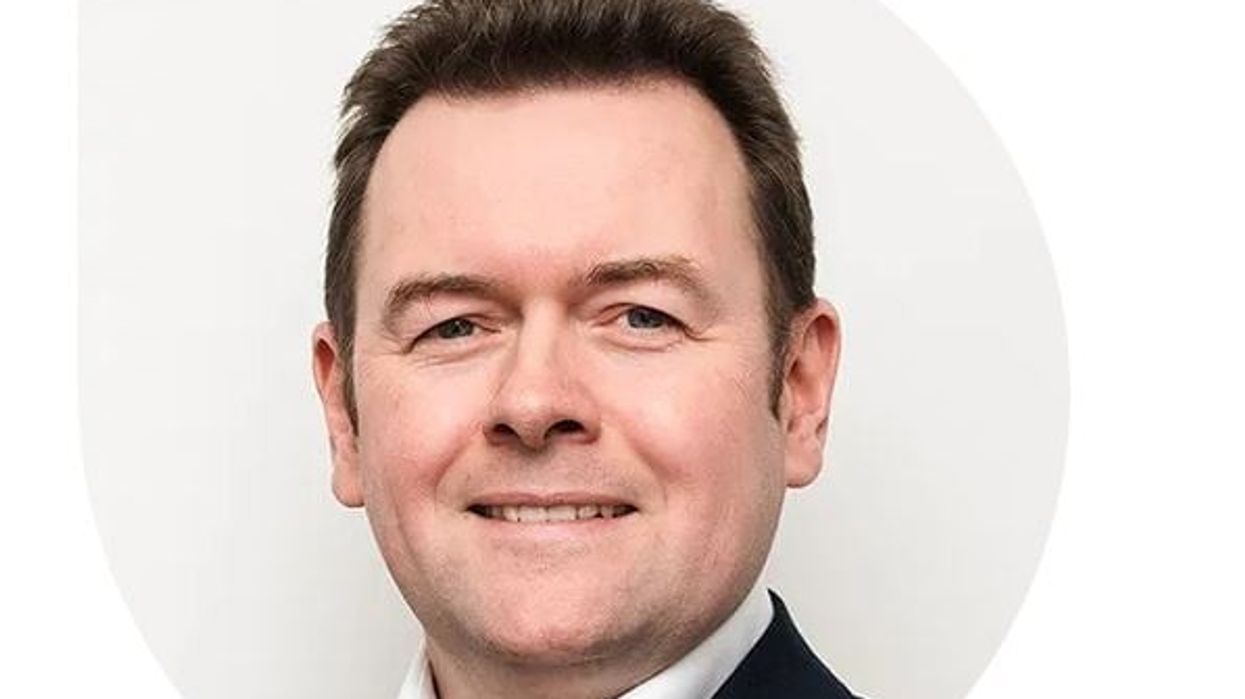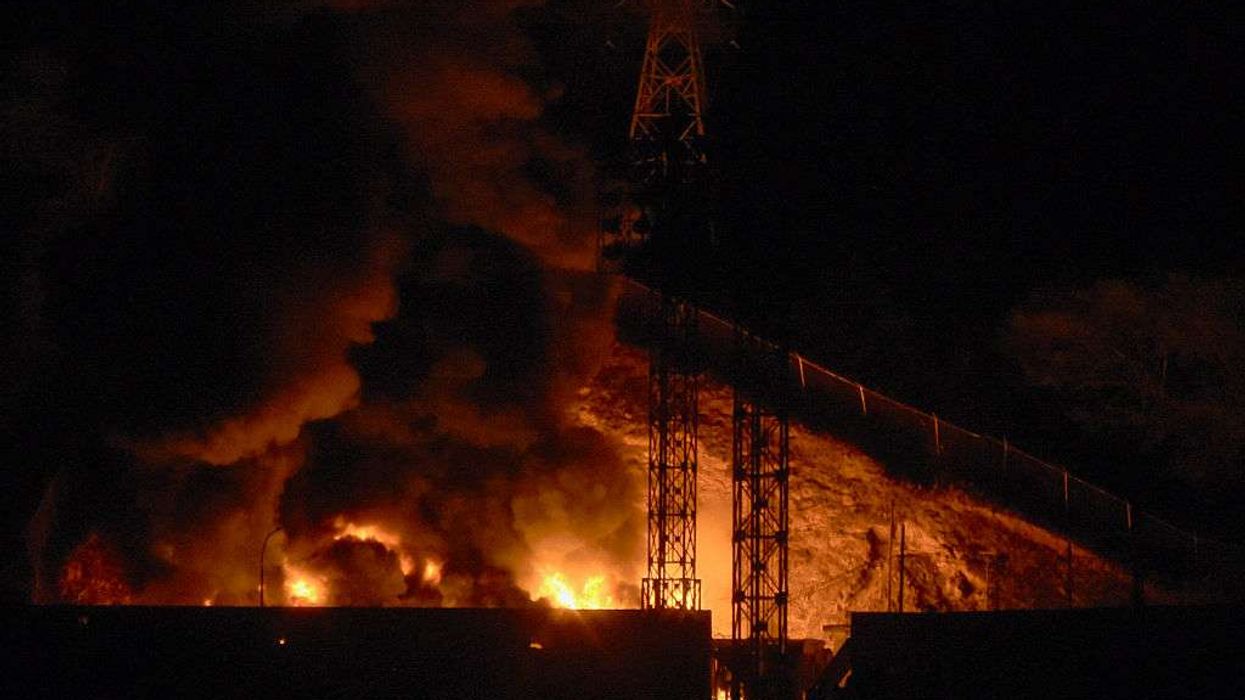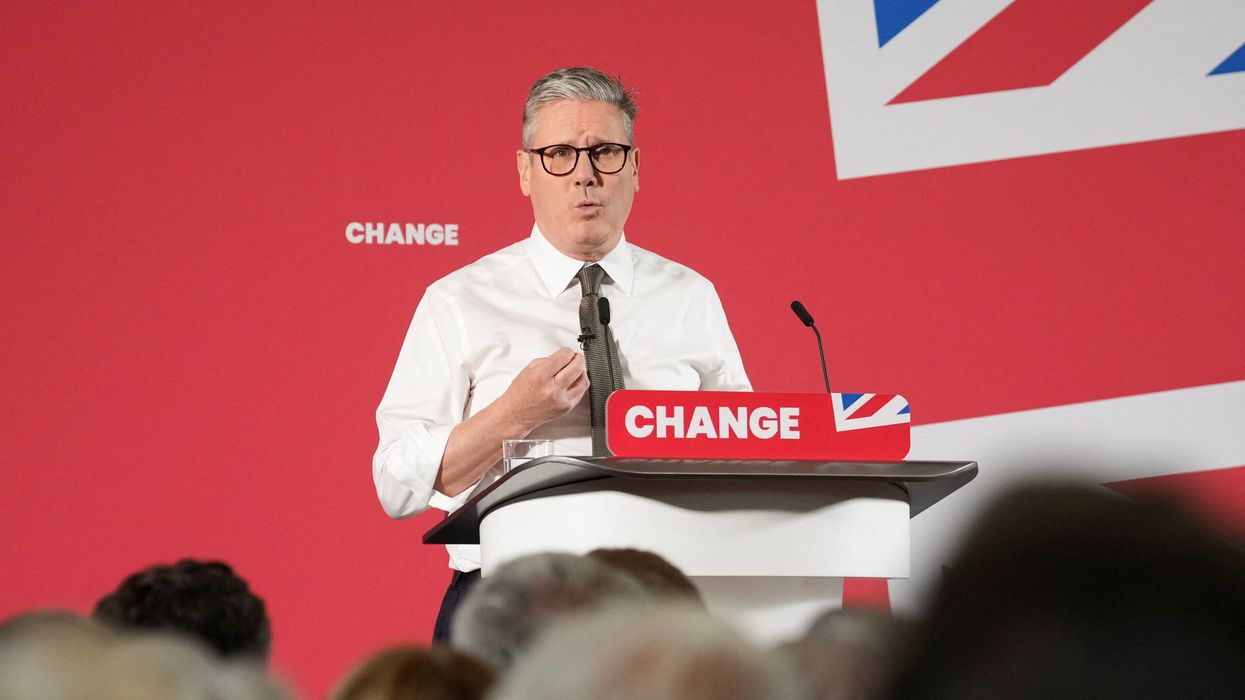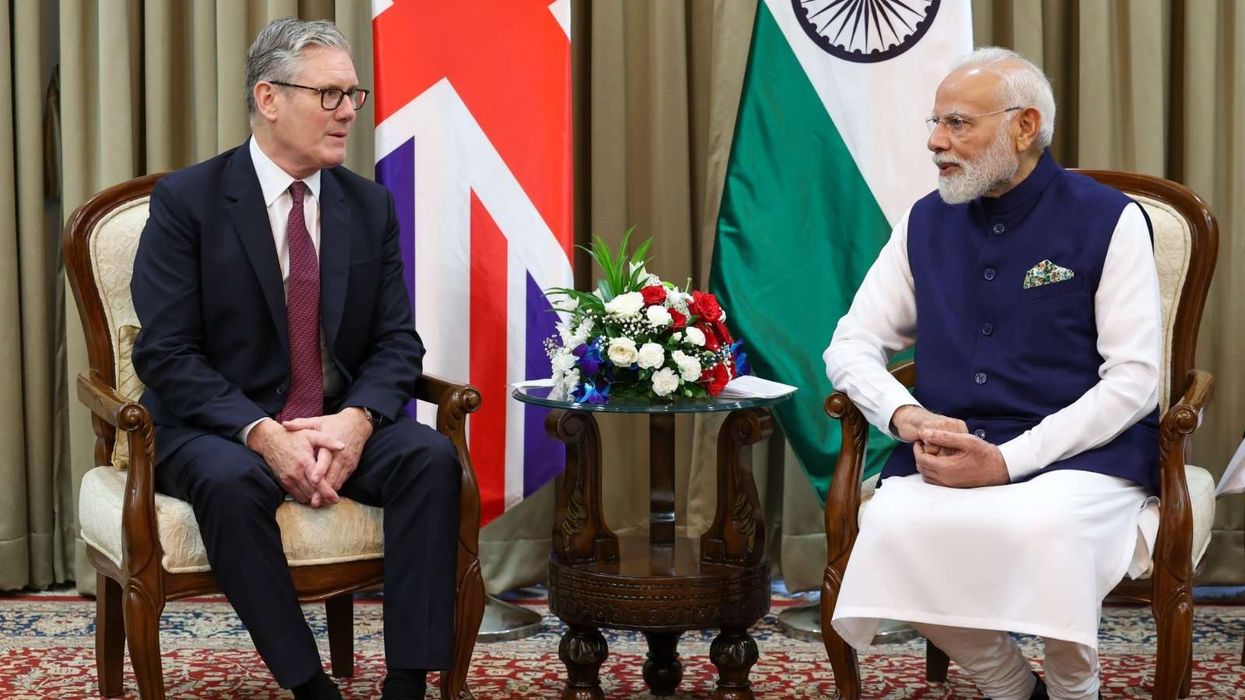A GROWING number of businesses in the UK are moving away from diversity-focused recruitment practices, according to a new survey by the Recruitment and Employment Confederation (REC).
The survey revealed that over half (55.2 per cent) of companies no longer include a focus on hiring diverse candidates in their job adverts. This is a noticeable rise from 49.2 per cent in 2023 and 47.9 per cent in 2022, showing a clear shift in recruitment strategies.
The report also highlighted a drop in the use of "inclusive" language in job listings. While 72 per cent of job adverts previously used such language, this figure has now fallen to around 55 per cent.
This trend comes amidst increasing criticism of identity politics in the workplace, with some employers rethinking their approach to diversity and inclusion, reported the Telegraph.
Neil Carberry, CEO of REC, suggested that this change is driven by the way political discourse has framed diverse and inclusive hiring as part of a so-called "woke" agenda. This narrative, he believes, has discouraged many employers from maintaining their previous commitment to diversity in recruitment.
The REC survey found that fewer UK employers are implementing diverse interview panels or using "name-blind" recruitment, where candidates’ names and personal details are hidden to prevent bias.
This decline in diversity initiatives raises concerns that employers may struggle to address broader challenges, such as the UK’s ongoing productivity crisis.
Carberry warned that neglecting diversity and inclusion efforts could undermine businesses' ability to attract the best talent and fill critical roles. He stressed that inclusive hiring should not be seen as something optional or tied to economic conditions but as a key element of modern recruitment.
“Business leaders need to realise that, even in a cooling market, the world has changed. Recruiting from a wide pool of candidates requires a new approach,” Carberry said. He noted that while the current political climate may label diversity efforts as "woke," these policies are essential both from a business and fairness perspective.
In this year’s survey, REC asked employers what would encourage them to adopt or improve equality, diversity, and inclusion (EDI) practices in their hiring. The top requests were for training and learning resources on EDI best practices (29 per cent), stronger internal policies and leadership support (26 per cent), networking events with other organisations on EDI (20 per cent), and advice from external EDI experts (17 per cent).
Carberry added, “Recruiters sit at the heart of coming up with guidance, training and solutions for firms on workplace equality, diversity, and inclusion. This includes everything from neuroinclusive recruitment to building workplaces where people of all races, sexual orientations and genders feel welcome. But it is clear from today’s survey that they need greater commitment from business leaders.
"This includes greater understanding and backing from their clients’ boards and executives that their firms can get more creative, innovative and profitable when they attract, hire and retain the best talent.”
Kemi Badenoch, a former business secretary and a current candidate for Tory leadership, earlier this year argued that Britain's efforts to promote diversity have been largely ineffective in reducing discrimination, despite costing millions of pounds.
Public institutions, such as local councils and the civil service, have faced criticism for allocating significant funds to diversity programmes while struggling with other financial challenges, reported the Telegraph.
Birmingham City Council, for instance, planned to spend £400,000 on diversity staff despite facing a significant financial shortfall, the report pointed out.
In the US, similar sentiments have been voiced by activists who argue that prioritising diversity can negatively impact business performance. Companies like Ford, Starbucks, Harley-Davidson, and Jack Daniel’s have been criticised for their diversity policies, and several of these companies have since scaled back or altered their diversity initiatives.
Meanwhile, the BBC recently announced plans to invest £80 million in diversity programmes, even as it cuts 500 roles in an effort to save £500 million by 2026. A spokesperson clarified that this diversity spending comes from existing budgets, rather than being a new fund.













